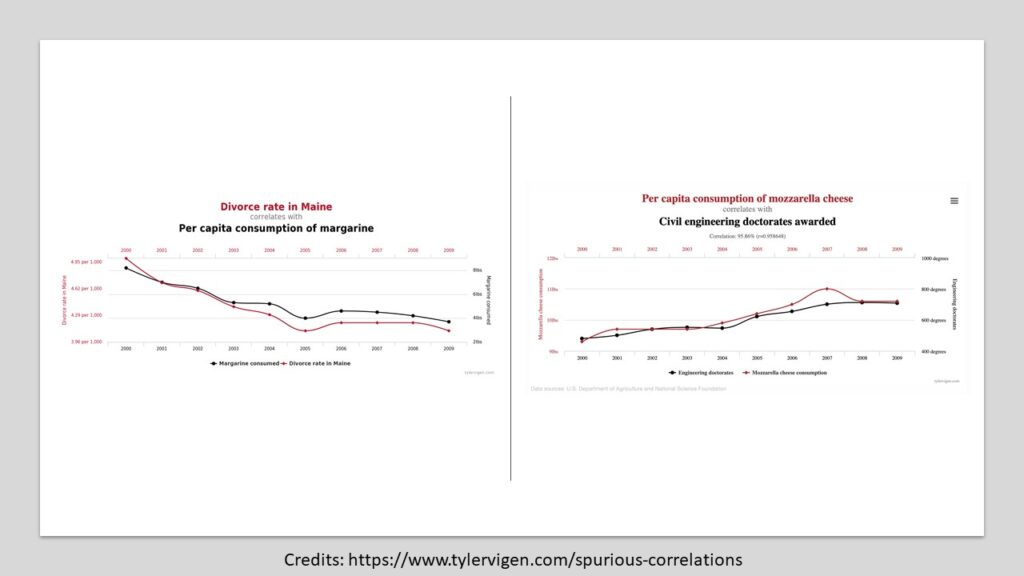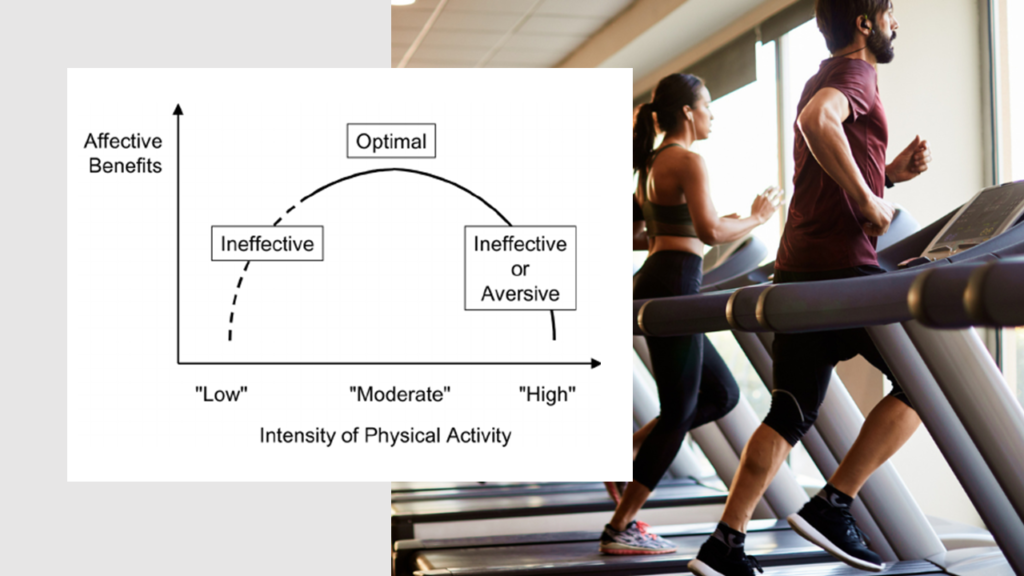Table of Contents
Introduction
We all hate that fat accumulating around our abdomen. A slim muscular body is cherished and obese flabby ones are looked down upon. Weight is claimed to be inversely proportional to health- more the weight worse is the health.
Weight loss is a billion dollar industry. People spend enormous amount of money on gyms and fat reducing diets, in the hope that weight loss will lead to good health and a long life.
I am writing this piece not to challenge the fact that obesity is linked with health issues. My aim here is to assert that weight gain might be just the signal that something is going wrong with the body. It might not be the true cause of the health issues we tend to associate weight gain with. In fact obesity might be the nature’s protective shield that helps you survive against harmful pathological processes running underneath. This view has tremendous implications on how we should approach health related issues and how diseases like Type 2 Diabetes Mellitus should be treated.
NOTE: Anything marked in light orange color is hyperlinked to corresponding reference
Association Does Not Mean Causation
You will find several studies showing how drinking wine promotes good health. Similarly you will find other studies showing exactly opposite and deleterious impact on health associated with drinking wine.
There are studies showing antacids like pantoprazole causing cancer. And then there are numerous studies showing pantoprazole is anti- cancer. Most probably, these are all spurious correlations unless proven otherwise using cause-effect experiments.
Several years back Rosiglitazone- a very effective drug against diabetes mellitus- was banned globally. Studies showed that it increases risk of heart attacks. But, very few had the sense to oppose this conclusion. Fact is, Rosiglitazone is generally given late in diabetes when other drugs have failed. Long standing diabetes itself increases risk of heart attacks. Age also makes one prone to weak heart. So, when you simply observe patients taking Rosiglitazone and find high incidence of heart attacks, why would you skip considering the possibility that age and diabetes might have caused heart attacks and not Rosiglitazone?
Expectedly, few years later, several better designed studies showed that Rosiglitazone might be actually cardioprotective and may reduce chances of heart attack. That made sense because Rosiglitazone by reducing blood sugar would reduce impact of diabetes on heart. In 2013 ban was removed.
Almost all studies show that increase in weight is associated with chronic diseases such as diabetes mellitus, hypertension, cardiovascular diseases etc. In statistics, one must always remember that association might not mean causation. For example, in Maine, per capita consumption of margarine directly correlates with divorce rates. Does it mean margarine consumption causes divorce? Ofcourse not. Similarly, per capita consumption of mozzarella cheese directly correlates with civil engineering degrees awarded in US. Does it mean eating mozzarella will equip you somehow to become a civil engineer? Such meaningless correlations are known as spurious correlations.

I know I have spent a lot of time explaining about spurious correlations. But, this understanding is important since this is the basis of my argument that obesity might not be the real cause of health issues we associate obesity with. Obesity might well be an effect of underlying health issues. Infact, obesity might be a protective mechanism conferred by evolution to protect our body from the underlying pathology.
NOTE: Anything marked in light orange color is hyperlinked to corresponding reference
Inflammation- Mother of All Maladies
Our body is akin to any machine. Laws of physics apply to every minute process that take place in our body. When a machine works, wear and tear happens. So is true with our body. Anything we do always causes some damage. This damage is biologically manifested as what we call “inflammation”. Any factor that causes damage anywhere in our body first leads to a process called inflammation. Inflammation can be imagined as the flame of fire. Each breath we take causes inflammation. Each morsel of food we eat causes inflammation. Even each flow of thought will cause inflammation. Inflammation is synonymous to damage. The amount of unrepaired damage accumulated in our body is directly proportional to the level of inflammation.

As long as such damage is completely repaired, there is no issue. But, inefficient/incomplete repair can be dangerous. It is important to note that any residual damage leads to further damage. Inflammation acts like forest fire- if you haven’t extinguished it completely, it can potentially cause a whole forest to burn down.
What this implies is that if the rate of repair has gone down or if the process of repair has become inefficient, it can itself contribute to more damage.
Also, damage caused by inflammation can itself slow down the rate of repair, if the inflammation level is too high.
Inflammation- I repeat- is just like forest fire. If it’s too hot, it can potentially kill firefighters and slow down the process of firefighting.
When we are young our body has an amazing capacity to extinguish all the fire ignited by inflammation. All damages get repaired completely when we are young. But, as we age, our body’s ability to control inflammation keeps dwindling. This means slowly but surely, with age, inflammation keeps rising and increasingly causes more damage. With age, our ability to repair damages keeps getting weakened. Some amount of damages done by inflammation keep remaining unrepaired. And we just discussed- residual damages cause more damage. Untamed inflammation keeps destroying our ability to repair damages. It becomes a dangerous cycle that eventually leads to fatal consequences such as heart attack or stroke. And that’s why you see medical complications such as heart attacks and strokes generally occur more frequently in elderly population.
NOTE: Anything marked in light orange color is hyperlinked to corresponding reference
Obesity- Our Shield Against Inflammation
To combat inflammation, one of the key thing needed is to slow down all the processes. When processes are slowed down, amount of inflammation generated goes down. Similarly, when processes are slowed down the repair mechanisms function better and it’s easier for the body to heal the existing damages.
And obesity is an evolutionary mechanism to combat this rising inflammation with age.

Obesity ends up slowing down all the biological processes. This substantially reduces creation of new inflammation loads.
Obesity makes one lazy. Lesser the movements, lower would be the inflammation generated.
With obesity basal metabolic rate goes down. This just means that the furnace of metabolism gets less heated. Food digestion becomes slower. Remember- each calorie created contributes to inflammatory load.
Similarly, with obesity comes increased affection towards sleep. Fatter you are, more you would like to sleep. Sleep is when body heals itself. Sleep is when our body goes into repair mode. And if that’s true, a relaxed peaceful sleep should help reduce inflammation.
If you observe sleep closely, it is based on a simple principle of healing and repair- it simply slows down all biological processes. You are basically fasting when you are asleep. Your breathing rate is lower. Your physical activity is considerably slower.
If a furnace is damaged, the heat generated can go uncontrolled and can explode. In prevent such mishap, it’s better to decrease amount of fuel reaching the furnace.
The furnace in our cells primarily burn sugar as fuel to generated energy. Insulin is the chemical that allows cells to absorb sugar from blood and generate energy from it. But, if the system is damaged the same cellular furnace can lead to uncontrolled inflammation. Here is where obesity comes to rescue. Obesity leads to insulin resistance. It negates insulin’s action and doesn’t allow sugar from blood to enter cellular furnaces. This simply means that obesity acts as a control valve and prevents cellular engines to fire up too excessively. Hence sugar levels in blood rise with obesity. This rising blood sugar level is known as Type 2 Diabetes Mellitus (we simply call this as diabetes).The inflammation caused by rising blood sugar is of much lower magnitude compared to the resultant inflammation caused by burning of sugar by an already damaged system.
Diabetes, then, is a “safe mode” state and not itself a disease. With this new understanding, you will soon see why need to manage Diabetes a bit differently or else the implications can be dangerous.
NOTE: Anything marked in light orange color is hyperlinked to corresponding reference
Incorrectly Targeting Obesity and Diabetes Can Be Hazardous to Health
The moment we consider obesity as the result and not cause of any disease process, everything changes.
Obesity, then, simply implies that the amount of inflammation is too high and something needs to be done to combat the same. Targeting obesity itself won’t work. However many of the interventions that target obesity do help reduce inflammation. For example- fasting. Fasting reduces the amount of calories produced, this reducing the overall inflammation generated. If body succeeds in combating inflammation for a prolonged period- weight should go down. Hence fasting, if done in a disciplined way, leads to weight loss.
Using the same logic, exercise, on the other hand, can have harmful effects. And this is what we see in practice as well. Exercise, without caloric reduction hardly ever leads to weight loss. It works only when combined with reduced food intake. Excessive exercise can easily negate the effects of caloric restriction and can actually add up to inflammation. This is the reason why we see so many young and fit looking young men, who regularly go to gym, dying of heart attack and stroke.

Another important medical implication is that insulin might be a real bad idea to treat diabetes.
Through insulin resistance obesity prevents excess inflammation caused by sugar metabolism. This causes blood sugar levels to go up- and we call this condition as Type 2 diabetes mellitus. By pushing insulin we are simply antagonising the protection conferred by insulin resistance. Insulin will cause sugars to get metabolised in a system which is marred with defects, leading to excessive inflammation.
This actually explains why more patients treated with insulin suffer from heart attacks.
Remember- anything that causes significantly inflammation to go up will result in weight gain, since obesity is nature’s way to counteract that inflammation. Since insulin speeds up sugar metabolism in a deranged system, it results in enormous inflammation. This is exactly why people gain weight when they start taking insulin.
In my opinion, Biguanides (eg. Metformin) and SGLT-2 inhibitors (eg. Dapagliflozin/Empagliflozin/Canagliflozin etc) are the best drugs for managing Type 2 Diabetes Mellitus. Metformin is a potent anti- inflammatory and promotes weight loss by reducing inflammation load. Dapagliflozin/Empagliflozin/Canagliflozin directly reduces amount of sugar from blood by accelerating excretion of sugar through urine. This directly impacts the damage caused by excess blood sugar.
Since both Biguanides and SGLT-2 inhibitors reduce inflammation, eventually such patients experience weight loss.
NOTE: Anything marked in light orange color is hyperlinked to corresponding reference
What to do if you are obese?
Inflammation is the Mother of All Maladies- do everything that can reduce inflammation.
How to do so? Simple advice- Listen to your body. Our body is the best doctor.
Don’t exert unnecessarily just to reduce weight. Moderate exercise is ok, and is beneficial. But, too much exercise is harmful. What is “too much” depends from one person to another. Stop exercising when body tells you to stop. Patanjali Yogasanas and Tai- Chi are excellent exercises that are really beneficial. They actually have direct effect on lowering inflammation levels. Even simple walking for an hour or so is helpful. But excessively heavy exercises are harmful.
(Now, few of you might shake head vigorously in response to what I just cautioned about excessively heavy exercises. Especially the ones going to gym regularly would definitely disagree with my advice. There has been a widespread notion that heavier and high- intensive exercises are better in terms of health compared to light exercises. However, recent studies are casting lot of doubt on that notion. I would like to quote here two such research papers. The first one, titled “Exercise reduces depression and inflammation but intensity matters”, was published in 2018 in the “Journal of Biological Psychology”. The other one was published by American Heart Association in 2020 in the journal “Circulation”. Both papers point towards similar themes- mild to moderate exercise is good for health, but high intensity exercise might be harmful for few. Please do read these papers before completely disbelieving me!
My view is simple. Each body has it’s own limits. What is high intensity exercise for someone might be moderate for someone else. Hence, best way to approach is to simply listen to your body. Stretch it’s limits- but don’t overstretch. If you can slowly stretch and increase the capacity of your body gradually, soon you would be comfortable with high intensity exercises.)

Be mindful of how much you eat and what you eat. Don’t eat too much. Eat moderately and wait for 30 minutes– if you are still hungry you may eat more. Most often, after those 30 minutes, you will find you are full. Don’t eat anything that doesn’t suit you. How to know what food is unsuitable? Simple- if 30 minutes after eating something you feel bloated or uncomfortable, that food might not good for you. A suitable food is one that make you feel happy and active 30 minutes after eating.
(Remember- never listen to what body says immediately. Give it some time and then listen. Obesity will make you feel hungry unnecessarily since sugar is not getting metabolized. That’s because of immediate response neurotransmitters in your brain. Never listen to those.
But if you hold for 30 mins you will stop feeling hungry. You will actually feel good.
Similarly your brain might say you like bread. But if 30 minutes after eating bread you feel bloated or uncomfortable, bread might not good for you.
Also what food is good for you will change with season. General rule is to eat what is naturally available around you.)
Adopt meditation practices. Meditate regularly. Breathing and thoughts, when controlled through meditation, dramatically reduce inflammation. Fasting is an excellent way of combating inflammation effectively. Fast regularly in a disciplined way.
How bad is the level of inflammation can be measured using CD4:CD8 ratio. If this ratio is <1, it’s a high risk situation and I believe one must start taking aspirin 75 mg, atorvastatin 20 mg and metformin 500 mg daily to help combat this critically high level of inflammation.
However, please consult a trained physician before starting any medicine.

Concluding Remarks
Please don’t get me wrong- I am not supporting obesity. Obesity is bad. One must try not to be obese. But while trying not to be obese one must remember that obesity is just an indicator. Obesity is a signal that something is going wrong in the body. Fighting obesity without solving what’s causing obesity in the first place can be dangerous.
Obesity reflects accumulation of inflammation. Obesity is an evolutionary shield gifted to us to protect us against hazards of inflammation. Fight what is causing obesity. If you are successful in controlling this inflammation load, you will lose weight as a result. Target reducing inflammation by adopting practices such as fasting and meditation. Exercise mindfully– do stretch your limits, but please don’t overstretch.






You actually make it appear really easy with your presentation but I find this topic to be actually something which I think I would by no means understand. It kind of feels too complex and extremely large for me. I’m looking ahead for your subsequent publish, I?¦ll try to get the hold of it!
I am really happy that you enjoyed reading my post!
Magnificent goods from you, man. I’ve understand your stuff previous to and you are just too wonderful. I actually like what you have acquired here, really like what you are stating and the way in which you say it. You make it entertaining and you still care for to keep it smart. I can’t wait to read far more from you. This is really a terrific web site.
Thank you- I am really glad that you liked reading this post!
Excellent writing. Two types of stress response among people can be seen: some are adrenaline driven while others are cortisol driven. In general, adrenaline driven people do better with intensity exercises and cortisol driven people do better with less intensive, calming exercises. (These are my takes from Dr Peter D’Adamo’s writings on blood type diet and life.)
Adrenaline is short term burst of energy to take care of acute situations. Sustained release of adrenaline can produce significant inflammation and damage. Cortisol is a part of repair mechanism. If you have too high cortisol, it simply means that body has too much inflammation and is trying to cool it off.
Major thanks for the blog post.Thanks Again.